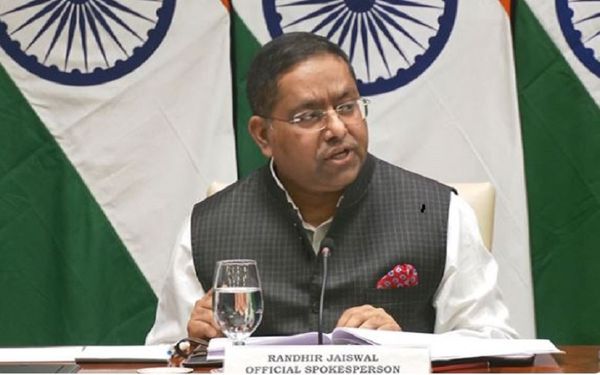Australia must implement “directional” industry policy that utilises clear goals, a diverse mix of policy and strong governance to take full advantage of structural changes like decarbonisation and emerging technologies.
That’s according to a new report by the Centre for Policy Development that analysed increasingly interventionist industry policies around the world as government’s move beyond a “hands off” industry philosophy.
The report found Australia’s current approach has over 30 different national industrial priorities, often pulling in different directions and lacking the overarching direction and coordination of some rival efforts in the US, Europe and parts of Asia.

Author of Setting direction: a purposeful approach to modern industry policy, Toby Phillips, said the Albanese government has displayed an appetite for more strategic development of future industries and has begun realigning its policies around the $15 billion National Reconstruction Fund’s six priority areas.
But it hasn’t yet attempted the level of direction, policy coordination and governance needed to develop future industries like green steel.
“It is tough, and it’s a big ask, and there’s no guarantee that the government will succeed,” Mr Phillips told InnovationAus.com.
“Generally speaking, the last 30 years have been a dismantling or a reduction in the capacity of governments and the public sector to do this kind of work, to set these directions and to implement the policies that back them in.”
The report does not focus on specific industrial opportunity like decarbonisation, instead analysing various national approaches like the European Chips Act, Norway’s Green Industrial Initiative and the US Inflation Reduction Act.
None were found to be strong in all three elements — directionality, policy mix diversity and governance — that have emerged as a useful way of assessing nations’ development of key future industries.
Directionality is just how clearly the government is articulating its goals and direction so various stakeholders can have confidence over the longer term.
The Albanese government has a stated goal of turning Australia into a “renewable energy superpower” with new industries and a higher spot in global supply chains.
But it hasn’t gone as far as specifying goal quantities of production for areas like green iron or aluminium – the energy intensive industries Australia has a potential competitive advantage in through abundant renewable energy.
“Clear, directional goals of that type would give immense clarity to businesses about where they should be thinking about developing new projects,” Mr Phillips said.
“It who would give a lot of clarity to bureaucrats everywhere from those that are designing the TAFE curriculum, to those that are funding university research, to those that are looking at skilled migrant pathways or regulatory reforms.”
Without that clear directionality, more than 30 Commonwealth industrial priorities have been developed.
“From everything that we’ve looked at, and our research would suggest, you’re much more likely to succeed if there’s a narrower and clearer direction setting and then you deploy the diverse policy mix towards or maybe six goals rather than 30 goals,” Mr Phillips said.
It means the next element – a diverse policy mix – is less effective.
Australia’s has a relatively good mix of policies from research and IP creation to commercialisation and export assistance, but the focus has tended to be on commercial level financing part that helps firms scale, Mr Phillips said.
It means other areas like boosting innovation, supply-side coordination, and building demand can be overlooked or underutilised.
“It’s really saying what are the inputs you need, whether that’s in terms of your labour, whether that’s in terms of infrastructure and technology,” he said.
“Is that in place, such that it is kind of a no brainer for someone to build an advanced manufacturing plant here in Australia rather than, for example, in Thailand… And how do you make sure that there’s demand on the back end and that people are interested in buying these things?”
Finally, effective directional industry policy has strong governance.
“Even with a clearly articulated direction, people might interpret that and they may then go off and do things that are at cross purposes or at the very best, just not complimentary and connected,” Mr Phillips said.
Other nations have addressed this with dedicated agencies to coordinate innovation and industry policy. It could help in Australia, but better resourcing an existing agency like the CSIRO or setting up a new Cabinet subcommittee could also work, Mr Phillips said.
But all would need to have a strong mandate to reach across portfolios, sectors and stakeholders.
“The question is, is it successfully bringing together the different stakeholders and making sure that they’re aligned in their efforts? And does it have the ability to reach over into another department and guide or influence the development of their work? he said.
“That’s what success would look like.”






